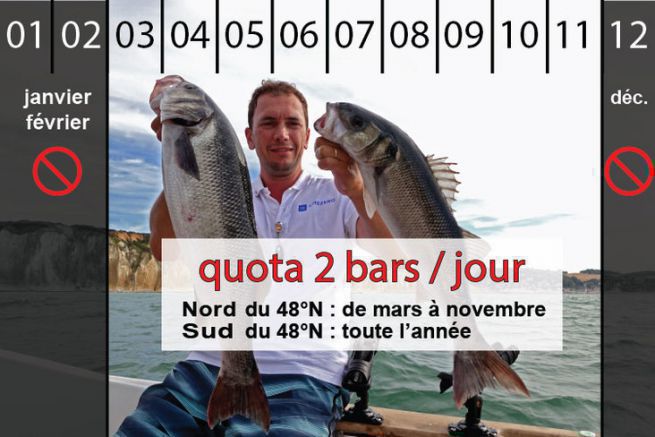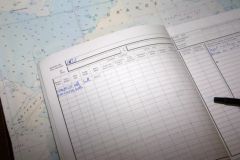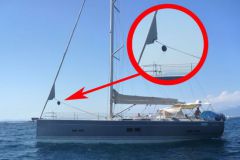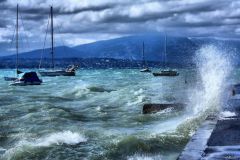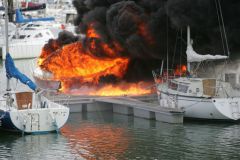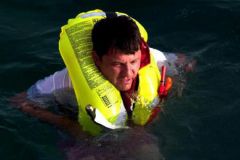Sea bass fishing: 2020 quota of 2 bass per day!
After a night of negotiations in Brussels, the European Council validated the new fisheries regulation for 2020.
With regard to the new quota decisions eagerly awaited by sea bass fishermen, the Council has decided in favour of standardising quotas at 2 bass per day per fisherman throughout the west coast of France.
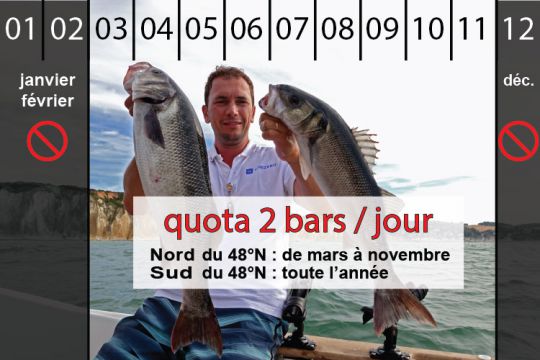
Fishermen south of the 48th parallel can fish all year round, and to the north, this quota is applied from March 1 to November 30, 2020. Between December and February inclusive, only no-kill fishing is allowed.
The 48th e parallel, quesaco?
Have you ever heard of parallels and meridians? Parallels divide the globe into horizontal lines that are used to locate a point in relation to the North and South Poles. They are used to locate the latitude of a point.
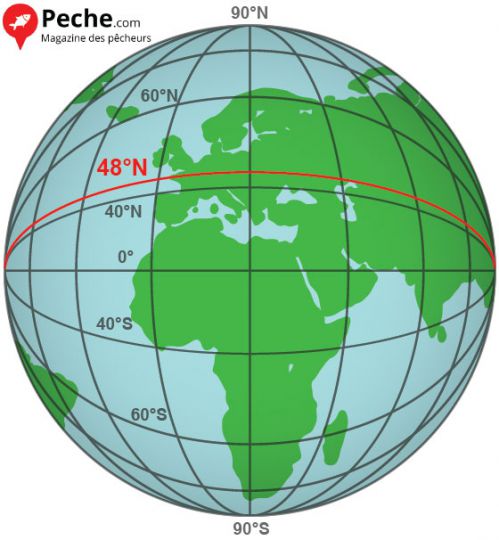
The 48th parallel, more exactly 48th parallel north (48° N), crosses France at the town of Audierne, near Brest at the tip of Brittany. It serves as a reference point for the divisions of the waters of Europe by the International Council for the Exploration of the Sea (ICES), called the International Council for the Exploration of the Sea (ICES) in English.
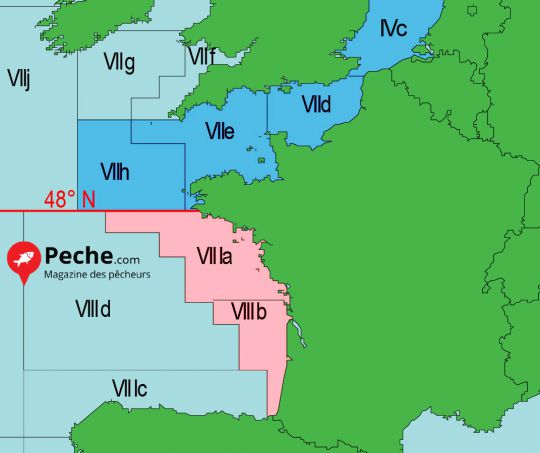
The north-west of France: from Dunkirk to Audierne (Brest)
Fishermen, fishing guides and retailers reassured
After 3 years of strong restrictions for recreational fishermen at zero and then one sea bass per person per day in North-West France (in blue on the map, ICES Divisions 4c, 7d, 7e and 7h), this is very good news for this area where fishermen felt unfairly singled out. Some had put aside their rods and even sold their boats. There is a resurgence of activity for summer fishermen and, as a side effect, for fishing guides, traders and specialist manufacturers who have seen their sales at sea drop in recent years.
In this north-western area, the quota is valid from 1 March to 30 November 2020. In January, February and December, only catch and release is allowed, i.e. "no-kill".
Southwestern France: from Audierne (Brest) to Hendaye
Adverse communicating vessels and concerns
Since the restrictions in the north-western sector, the south-western area (in pink on the map, ICES Divisions 8a and 8b) had remained at a quota of 3 bars per day per fisherman. The quota has now been reduced to 2 bars, which makes the rules uniform throughout the Atlantic seaboard.
In this area, the quota is valid all year round.
Recreational sea bass net fishing penalized
According to the draft conclusions of tonight's meeting (18 December 2019), it is noted that during the period from 1 March to 30 November, the quota applies to pole and line fisheries, but does not apply to static net fisheries, i.e. trammel nets.

Legal size remains at 42 cm in the Atlantic
The minimum legal catch size for sea bass remains set at 42 cm for recreational fishermen. Therefore, the sea bass you wish to keep must be at least 42 cm long.
Quotas beneficial to the species?
Lithuanian Environment Commissioner Virginijus Sinkevi?ius welcomes: " Many exemplary cases show how overfished stocks have been replenished through ambitious EU action. This is the case for hake in the North Sea. Today, professional fishermen can catch twice as much hake as they did in 2008. This is also the case for sea bass in the northern sector [including north-western France]. The emergency measures adopted in 2015 have achieved the maximum sustainable yield (MSY) objective in only 3 years. ».
Overfishing on the Rochebonne Plateau spawning grounds threatens fishermen in the southwest
We read in the report that "France and Spain must ensure that the mortality of sea bass stocks by professional and recreational fishermen in ICES zones 8a and 8b [south-western sector of France] does not exceed 2533 tonnes in total, as provided for in Article 4(3) of European Regulation 2019/472."
The spawning grounds in the northwest sector have been closed to professional fishing for the past 3 years. This reminder is explicitly aimed at the south-western sector of France, pointing to the derogation given by the French government to some twenty pair trawlers to operate on the Rochebonne plateau, another major sea bass spawning ground. The tonnages landed this winter will be closely monitored by the European Union and could be detrimental to recreational fishing!
